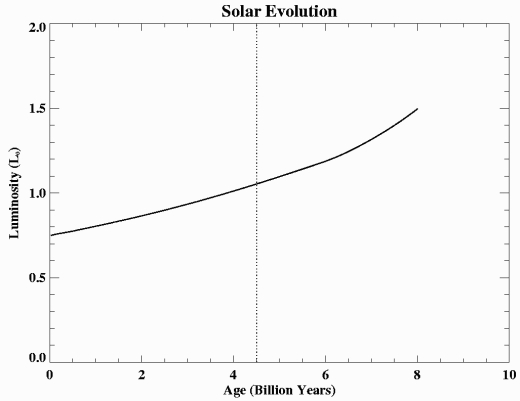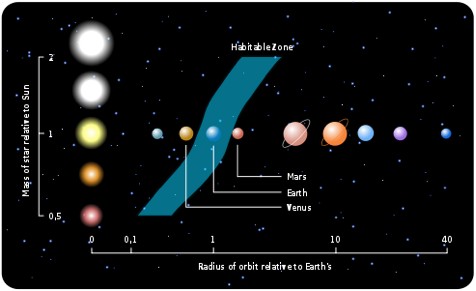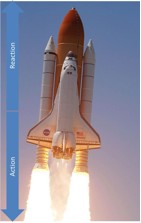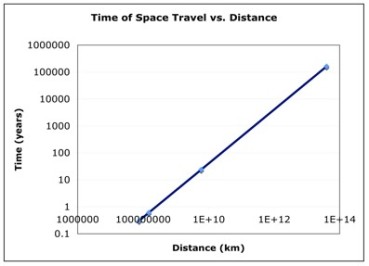Life on Earth may seem safe from space, but every minute, high-energy particles bombard our atmosphere and travel freely through almost every material here on Earth, including our skin! Though the particles are common, most do not make it through the atmosphere. The sources of these are called cosmic rays.
Cosmic rays are charged sub-atomic particles (protons, electrons, or atomic nuclei) that originate from supernovas, exploding stars. These particles then collide with our atmosphere, resulting in particles getting knocked off of these atmospheric particles, thus causing ions. Ions are any molecule, or atom that loses or gains electrons, so it then carries a net positive or negative charge. They are looking for any other atoms to latch on to. This causes them to either collide with other atoms, breaking off that atoms particles, or bond with atoms it usually would not, which in turn leads to a mutated atom.
This process of knocking off electrons and other small particles from elements in the atmosphere leads to a shower effect. As particles are knocked off atoms by the primary sources, cosmic rays, these now fast moving particles collide with other atoms, thus knocking off more electrons, and so forth until the bottom of the atmosphere. However, by the time this process reaches the bottom of the atmosphere, the particles lose speed and are now less penetrating and therefore less damaging than the cosmic rays. Figure one shows this process in a somewhat simple way. As the cosmic rays collide with the first atoms in the atmosphere, the electrons start the chain-reaction shower. The yellow line is the path of the original cosmic ray, after first colliding with a molecule in the atmosphere it breaks the molecule up into pieces, whose paths are shown by the green lines. The red lines show the result of the broken molecules colliding with additional molecules.
It is much like striking pool balls with a cue ball at the beginning of a game. The cue ball strikes the front ball, and that front ball strikes the ball behind it and so on resulting in all the balls scattering in all directions.
As a member of the Adler’s Far Horizon Team, I had the opportunity to launch in experiment I designed to measure cosmic ray radiation levels at different layers of the atmosphere, closer and closer to the primary source. The experiment was launched on a high altitude balloon (HAB) up to around one hundred thousand feet, above nearly 99% of the atmosphere. Up there, the radiation levels are much higher than what we can expect here on Earth’s surface.
For this experiment, a Geiger counter was used to measure radiation levels. A Geiger counter detects radiation by ionization produced in a low-pressure gas in a Geiger–Müller tube. Each particle detected produces a pulse of current which the Geiger counter records and stores as a “count”.
Graph one shows the relationship between time into the flight and amount of radiation measured. It clearly shows that as time progressed, and altitude increased, the radiation increased, and as the radiation goes down, it shows that there is less radiation measured on the trip back down. The X- axis is the time into flight and the Y- Axis is the amount of radiation counts detected. The colored dots represent radiation counts taken while being shielded by different materials. The solid black line is the average of all radiation counts.

Without our atmosphere, all of these cosmic rays would be moving at high speeds, with little opposition towards us delicate humans. As we are exposed to these dangerous particles, all cells would be potentially harmed and bonded to unnatural particles, which could lead to health issues such as cancer. Our atmosphere acts as a little shield, protecting us, and keeping Earth within a safe level of radiation.
Questions:
1. According to around 100,000 feet, what would be the expected radiation levels?
2. What are possible outcomes to high radiation exposure?
3. What are the primary sources of cosmic rays?









